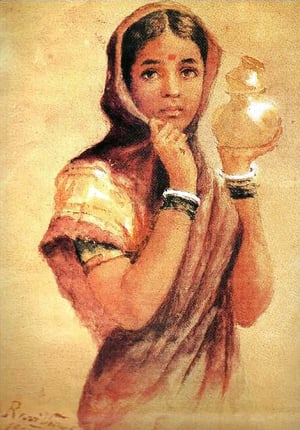Today, on October 29, 1929 was the final push to the Great Stock Market crash of 1929! It all started on October 24th.. recovered on 25th a bit.. and then the downhill.
About.com has this information on how it happened?
Combine the worst features of Black Thursday with the worst features of Black Monday and you get Black Tuesday. On Thursday, a record 12.9 million shares traded and the ticker tape fell behind one and a half hours. On Black Tuesday, a new record of 16.4 million shares were traded and the ticker tape fell behind by two and a half hours! On Monday, the stock market suffered a record one-day loss of around 13 percent. On Black Tuesday, the market suffered a loss of about 12 percent.
Like the previous “Black Days,” the top bankers held a meeting during the day about the market.
Only this time they met twice – once at noon and again in the evening.
Once again, Thomas Lamont spoke with the press, but this time it was mostly business. Rumors were that the bankers were selling stocks rather then stabilizing the market. He dispelled the rumors, but did not offer the positive remarks that the previous tragic days featured.
This is how Seattle Times described it
“A veritable bedlam of activity reigned in leading stock brokerage houses in Seattle today as the greatest avalanche of security selling known to history was launched on New York exchanges. Executives and clerks, worn by almost constant application to duty for days past, and with little respite gained by the Saturday afternoon and Sunday intermission breasted the great tide of buying and selling orders with philosophical resignation… Curiosity seemed to prompt attendance of the greater part of the milling throngs in the board rooms.” (The Seattle Times, October 29, 1929)
What caused the Stock Market crash of 1929?? Here is an analysis from PBS.org web site:
Capital is the tools needed to produce things of value out of raw materials. Buildings and machines are common examples of capital. A factory is a building with machines for making valued goods. Throughout the twentieth century, most of the capital in the United States was represented by stocks. A corporation owned capital. Ownership of the corporation in turn took the form of shares of stock. Each share of stock represented a proportionate share of the corporation. The stocks were bought and sold on stock exchanges, of which the most important was the New York Stock Exchange located on Wall Street in Manhattan.
Throughout the 1920s a long boom took stock prices to peaks never before seen. From 1920 to 1929 stocks more than quadrupled in value. Many investors became convinced that stocks were a sure thing and borrowed heavily to invest more money in the market.
But in 1929, the bubble burst and stocks started down an even more precipitous cliff. In 1932 and 1933, they hit bottom, down about 80% from their highs in the late 1920s. This had sharp effects on the economy. Demand for goods declined because people felt poor because of their losses in the stock market. New investment could not be financed through the sale of stock, because no one would buy the new stock.
But perhaps the most important effect was chaos in the banking system as banks tried to collect on loans made to stockmarket investors whose holdings were now worth little or nothing at all. Worse, many banks had themselves invested depositors’ money in the stockmarket. When word spread that banks’ assets contained huge uncollectable loans and almost worthless stock certificates, depositors rushed to withdraw their savings. Unable to raise fresh funds from the Federal Reserve System, banks began failing by the hundreds in 1932 and 1933.
By the inauguration of Franklin D. Roosevelt as president in March 1933, the banking system of the United States had largely ceased to function. Depositors had seen $140 billion disappear when their banks failed. Businesses could not get credit for inventory. Checks could not be used for payments because no one knew which checks were worthless and which were sound.
Roosevelt closed all the banks in the United States for three days – a “bank holiday.” Some banks were then cautiously re-opened with strict limits on withdrawals. Eventually, confidence returned to the system and banks were able to perform their economic function again. To prevent similar disasters, the federal government set up the Federal Deposit Insurance Corporation, which eliminated the rationale for bank “runs” – to get one’s money before the bank “runs out.” Backed by the FDIC, the bank could fail and go out of business, but then the government would reimburse depositors. Another crucial mechanism insulated commercial banks from stock market panics by banning banks from investing depositors’ money in stocks.














